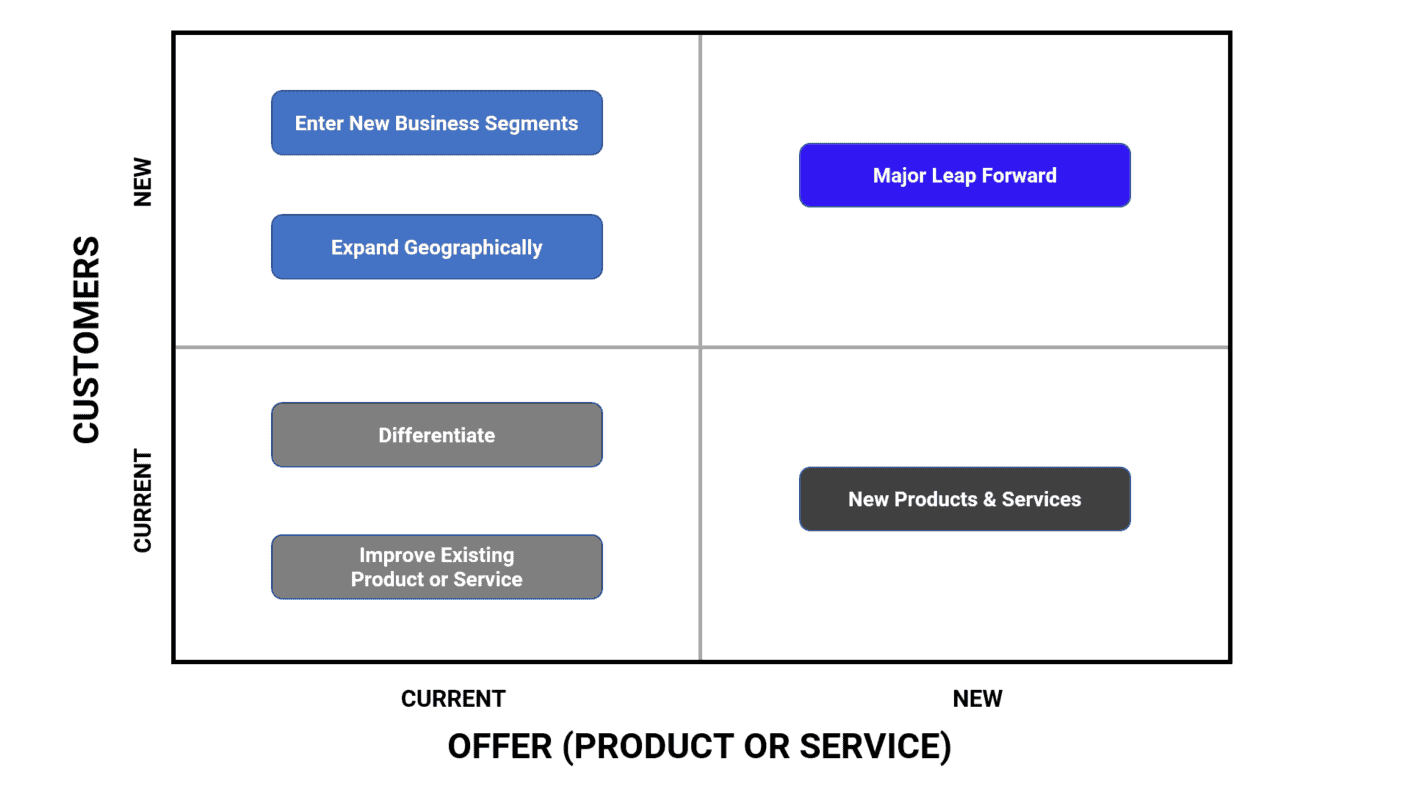Chip Royce, Flywheel Advisors
Strategic planning by technology ventures is an exercise that, for many executives, is considered a nuisance or, worse, dreaded by leaders.

However, the planning process is vital to ensure your company’s success.
You’ve built a great product and assembled a fantastic team. Why leave it all to chance?
Strategic planning allows your company to have a sound game plan and alignment across your team if circumstances change.
In my experience, it’s helpful to follow a five-step process that ensures alignment among the stakeholders in the process and a productive outcome.
- Define your objectives and ensure they are measurable. Identify your company and department goals, and set deadlines to ensure you’ll know if and when you can achieve them. Do you want a certain amount of revenue, market share, or new sales in 12 months? There is no right measure, just the one that makes sense for your company. Find the performance indicator, and ensure that it is measurable.
- Know what problems you solve and for which customers. Many (most) early-stage tech companies are great at describing their product, features, and why it’s better than the other company’s product. They think they know what problem their product solves, but they haven’t validated this yet, nor do they know the actual market size. Consequently, their original forecasts within the business plans are significantly divergent from reality. Some don’t know what problem they are solving and for whom; they have an exciting technology or product without a market. To fully understand what problems your product or service solves, the market potential, and your near-term, realistic sales projections, you must get out of your office and conduct research with prospects and customers. By accumulating information about their needs, preferences, and challenges, you will obtain a more accurate understanding of the fit of your product and go-to-market strategy. This research may also uncover new markets and uses for your product or service that you had not anticipated.
- Understand the Competition. Human nature suggests, especially during times of ambiguity or difficulty, to focus our attention internally. We’ll focus on our product and our operations, psychologically build ourselves up, and believe in our strengths. No matter how self-assured you are, it will be difficult to compete if your competition has a better product at a better price with superior customer service. Understanding your competition’s strengths, weaknesses, and strategies is critical, either reinforcing your plans or allowing you to adapt with the most effective use of your capital.
- Know your company. In a small organization, this may be redundant for the CEO who knows everyone and has a firm finger on the company’s pulse. However, you may find more divergent perspectives as the company grows and adds more team members with greater autonomy. While the team may all be working towards a common goal, you may find different ways of getting there difficult to establish alignment.
During each strategic planning cycle, it can be worthwhile to check in across the team on the following questions:
A) What are your organization and each department passionate about? What are they particularly good at?
B) What factors impact the company’s economic success?
C) Who are your most profitable customers? Your most unprofitable customers? Why are some profitable and others unprofitable? Could you like without the unprofitable? Or do the unprofitable highlight opportunities for improvement?
D) What factors have the most significant impact on expenses?
In my career, I have seen successful companies where the CEO and the entire management team work from the same vision and playbook and deliver superior execution each quarter. On the flip side, I’ve also observed organizations that never developed alignment across the management team and never reached their full potential. - Identify the right growth strategy for your circumstances. You’re ready to build your growth strategy with your defined objectives, customer insights, competitive intelligence, and alignment across your management team. A good and simple framework for identifying a path forward is the one below, developed by Art Saxby and Pete Hayes in the book “The Growth Gears.”
The chart comprises four quadrants created by the intersection of two axes. The left-hand axis looks at customer options, both current and new. The bottom axis examines your product or service options, both existing and new. In each scenario, you can see the outcomes available to you. For instance, if you wish to go after new customers with a new product, it would likely take a ‘major leap forward’. That may be an attractive step. However, it can only be accomplished with product vision, available capital, and high confidence in the team’s opportunity and ability to execute.

Wrapping up…
Strategic planning shouldn’t be thought of as a chore or a once or twice-a-year project that, when finished, goes into a drawer only to be revisited in the next planning cycle.
A high-performing organization that can execute at the highest levels will see this as an opportunity to build a plan for success and the framework for measurement and delivery for the successive weeks and ultimately learn to win repeatedly.
Whenever you’re ready, there are 3 ways we can help:
1) Schedule 25 minutes to chat about your businesses: new opportunities, current challenges, aspirations, pretty much anything!
2) Sign up (if you haven’t already) for this newsletter.
3) Read back issues for more insights into how to (re)ignite growth for your company.